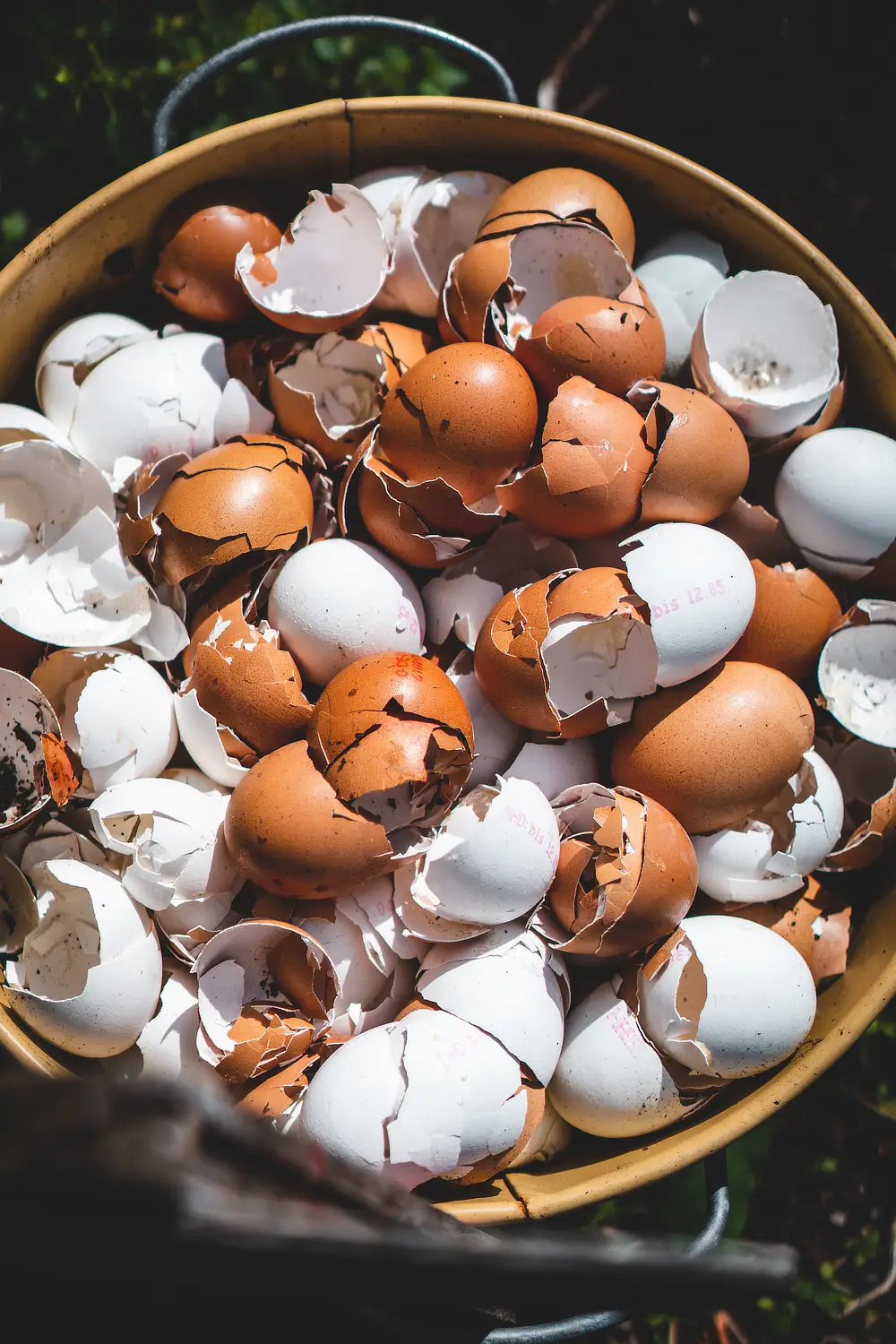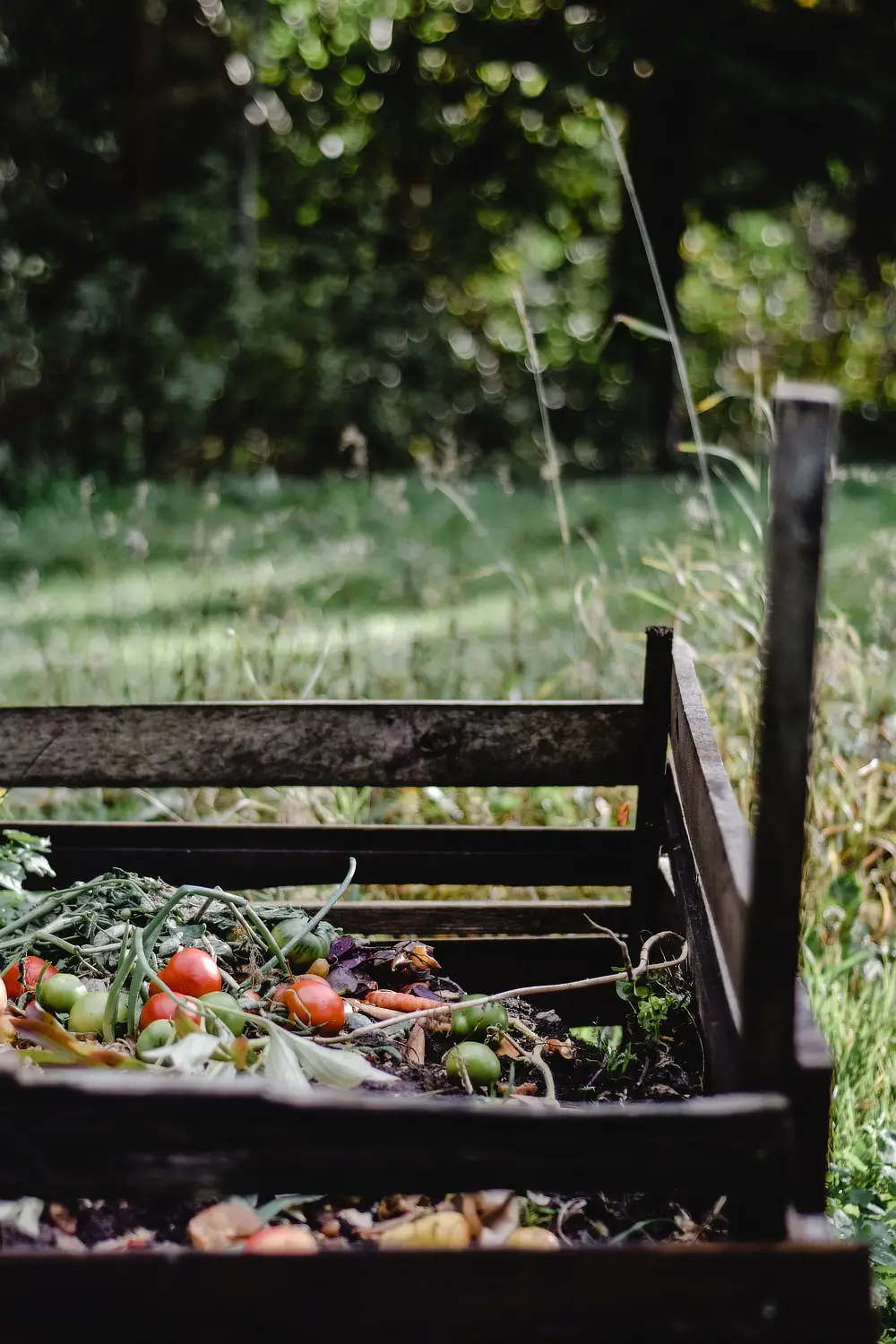When rubbish and food scraps head to landfill they breakdown in a very different way than they would do in nature, the sheer weight of the pile of rubbish combined with the use of plastic bags removes oxygen from the process creating anerobic conditions for breakdown. The issue with this is not only the length of time it takes to break food down but the production of methane, a harmful gas that degrades the ozone layer.
There are plenty of things you can do that make a huge difference to the amount you send to landfill; it only takes a little time to form some new habits and what you do at home will positively impact the environment.
A good garden can only be amazing if you have great soil and the best way to have great soil is with compost. Use the excess and leftover food scraps from the festive period to give your compost heap a great start. Creating a compost heap can be as big or as small as you like. Large heaps will obviously create more of this garden black gold but simple tumblers, and Darlick like bins are also great recyclers.
Compost is made from 4 ingredients, green parts such as food scraps, garden clippings, lawn clippings, coffee grounds and manures and brown parts such as twigs, shredded paper and old garden clippings that have been dead for a while. I have tried every type of ratio of these two parts and found 60% brown to 40% green best all you need to do is cut it up and mix it together.
The biggest problems occur with compost when there is not enough carbon or brown parts, and most issues can be resolved by simply adding more. Wrapping paper or cardboard boxes from presents are a great way to add this carbon, just make sure it doesn’t have a waxy or plastic coating on it. If you can shred it even better as this increases the surface area and will help it break down quicker. Other sources include straw or pine bark mulch and it’s easy to keep a pile of this close to your compost to add as you go to keep the ratio correct.
The other two ingredients you need are air and water. Your pile be it in a tumbler or on the ground as a heap needs to be moist, not dry or overly wet so monitor the weather and mist accordingly. The air comes from mixing the pile and this is where tumblers come in handy as they are easy to spin, a large heap will get you working off the Christmas pudding as you fork it over and over. Don’t let this put you off though, you can easily fit a static lung to a compost heap to bring the air in for you. By placing a plastic tube with holes in it or as an alternative a group of twigs bundled together or even the hard cardboard corners often used in packing bunched together and placed upright in the mix, you’ll create a tunnel that drags air deep into the heap – just pile up around it.
All your meat, bread and pasta leftovers can also be composted but you need to give these another step before putting them in a compost heap to avoid enticing vermin to your house. Bokashi bins are a Japanese way of composting via fermentation that quickly reduces waste. As you fill your bin (and this can be kept on the kitchen bench as its sealed so doesn’t smell) you add handful or fermented grains that break the food down. After a couple of weeks this bin can be added to your regular compost bin without fear of bringing in the pests.
Research is showing the best way to incorporate compost into your soil is to apply it as a mulch and let worms drag it in for us protecting the micro-organisms that perish when soil is dug through and turned over; so now it’s even less work to get great soil!


